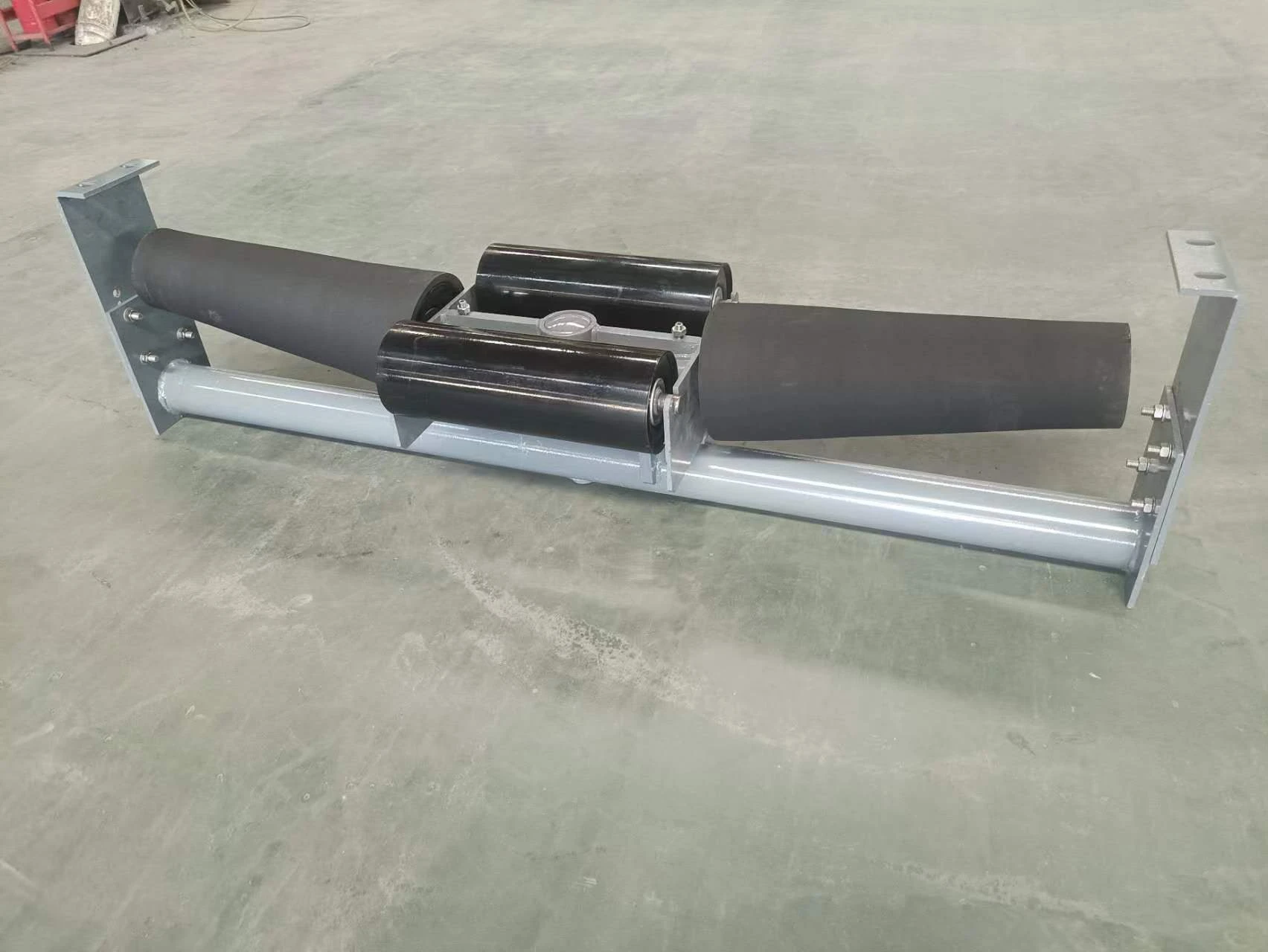 Afrikaans
Afrikaans  Albanian
Albanian  Amharic
Amharic  Arabic
Arabic  Armenian
Armenian  Azerbaijani
Azerbaijani  Basque
Basque  Belarusian
Belarusian  Bengali
Bengali  Bosnian
Bosnian  Bulgarian
Bulgarian  Catalan
Catalan  Cebuano
Cebuano  Corsican
Corsican  Croatian
Croatian  Czech
Czech  Danish
Danish  Dutch
Dutch  English
English  Esperanto
Esperanto  Estonian
Estonian  Finnish
Finnish  French
French  Frisian
Frisian  Galician
Galician  Georgian
Georgian  German
German  Greek
Greek  Gujarati
Gujarati  Haitian Creole
Haitian Creole  hausa
hausa  hawaiian
hawaiian  Hebrew
Hebrew  Hindi
Hindi  Miao
Miao  Hungarian
Hungarian  Icelandic
Icelandic  igbo
igbo  Indonesian
Indonesian  irish
irish  Italian
Italian  Japanese
Japanese  Javanese
Javanese  Kannada
Kannada  kazakh
kazakh  Khmer
Khmer  Rwandese
Rwandese  Korean
Korean  Kurdish
Kurdish  Kyrgyz
Kyrgyz  Lao
Lao  Latin
Latin  Latvian
Latvian  Lithuanian
Lithuanian  Luxembourgish
Luxembourgish  Macedonian
Macedonian  Malgashi
Malgashi  Malay
Malay  Malayalam
Malayalam  Maltese
Maltese  Maori
Maori  Marathi
Marathi  Mongolian
Mongolian  Myanmar
Myanmar  Nepali
Nepali  Norwegian
Norwegian  Norwegian
Norwegian  Occitan
Occitan  Pashto
Pashto  Persian
Persian  Polish
Polish  Portuguese
Portuguese  Punjabi
Punjabi  Romanian
Romanian  Russian
Russian  Samoan
Samoan  Scottish Gaelic
Scottish Gaelic  Serbian
Serbian  Sesotho
Sesotho  Shona
Shona  Sindhi
Sindhi  Sinhala
Sinhala  Slovak
Slovak  Slovenian
Slovenian  Somali
Somali  Spanish
Spanish  Sundanese
Sundanese  Swahili
Swahili  Swedish
Swedish  Tagalog
Tagalog  Tajik
Tajik  Tamil
Tamil  Tatar
Tatar  Telugu
Telugu  Thai
Thai  Turkish
Turkish  Turkmen
Turkmen  Ukrainian
Ukrainian  Urdu
Urdu  Uighur
Uighur  Uzbek
Uzbek  Vietnamese
Vietnamese  Welsh
Welsh  Bantu
Bantu  Yiddish
Yiddish  Yoruba
Yoruba  Zulu
Zulu hot vulcanized pulley lagging
The Importance of Hot Vulcanized Pulley Lagging
In various industrial applications, the efficiency and longevity of conveyor systems are of paramount importance. One critical component that significantly contributes to this efficiency is the pulley lagging. Among the types of lagging available, hot vulcanized pulley lagging has gained widespread recognition for its exceptional performance and durability.
Hot vulcanized lagging is a method where rubber material is bonded to the surface of the pulley at elevated temperatures, utilizing a combination of heat and pressure. This process ensures a strong, chemical bond, resulting in a finish that can withstand harsh operational conditions. The primary purpose of pulley lagging is to enhance the traction between the conveyor belt and the pulley, thereby reducing slippage, wear, and tear.
One of the foremost benefits of hot vulcanized pulley lagging is its durability. The robust bond created during the vulcanization process minimizes the risk of delamination, which can lead to premature wear and operational failures. This type of lagging is particularly advantageous in environments where heavy loads and high tension levels are common, as it stands up well against the stresses imposed during operation.
hot vulcanized pulley lagging

Moreover, hot vulcanized lagging offers superior resistance to abrasion, chemicals, and extreme temperatures. In industries such as mining, timber, and bulk material handling, where pulleys are subjected to severe wear, this type of lagging considerably extends the lifespan of the pulleys. Reduced wear translates to lowered maintenance costs and fewer interruptions due to equipment failure, which is crucial for maintaining productivity levels.
Another significant advantage is the enhanced grip provided by hot vulcanized lagging. Improved traction minimizes the risk of belt slippage, ensuring that materials are conveyed efficiently. This efficiency not only aids in maintaining a smooth operational flow but also reduces the wear on the belt itself, further enhancing its longevity.
Furthermore, the installation process of hot vulcanized lagging, although requiring specialized equipment and expertise, results in a seamless finish that can be tailored to fit any pulley size or type. The precise application means that there are fewer chances of gaps or irregularities, which are common issues with mechanically fastened lagging.
In conclusion, hot vulcanized pulley lagging is an essential consideration for industries reliant on conveyor systems. Its durability, resistance to wear, and enhanced traction capabilities contribute to improved efficiency and reduced operational costs. As industries continue to seek ways to optimize their performance, the adoption of advanced technologies like hot vulcanized lagging will undoubtedly play a pivotal role in shaping the future of material handling operations. Investing in such reliable solutions can lead to significant long-term gains, ensuring that businesses remain competitive and efficient in an ever-evolving marketplace.
-
Revolutionizing Conveyor Reliability with Advanced Rubber Lagging PulleysNewsJul.22,2025
-
Powering Precision and Durability with Expert Manufacturers of Conveyor ComponentsNewsJul.22,2025
-
Optimizing Conveyor Systems with Advanced Conveyor AccessoriesNewsJul.22,2025
-
Maximize Conveyor Efficiency with Quality Conveyor Idler PulleysNewsJul.22,2025
-
Future-Proof Your Conveyor System with High-Performance Polyurethane RollerNewsJul.22,2025
-
Driving Efficiency Forward with Quality Idlers and RollersNewsJul.22,2025





























